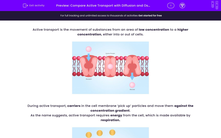Active transport is the movement of substances from an area of low concentration to a higher concentration, either into or out of cells.
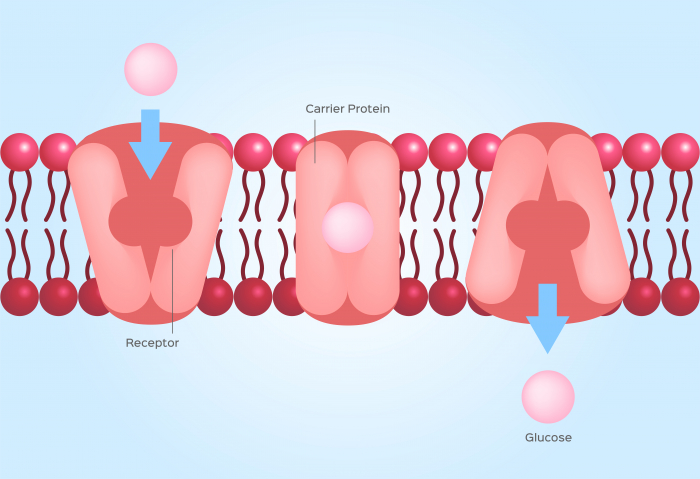
During active transport, carriers in the cell membrane ‘pick up’ particles and move them against the concentration gradient.
As the name suggests, active transport requires energy from the cell, which is made available by respiration.
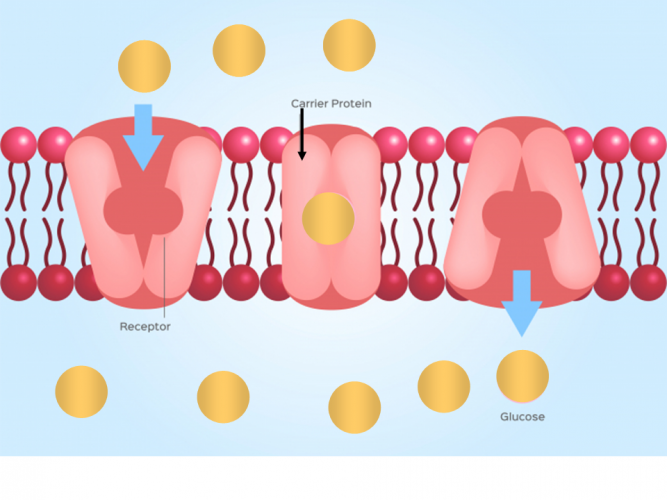
In the picture above, there are three particles outside the cell and five particles inside the cell. The three particles will be carried through to the inside of the cell by the carrier protein, using energy to do so.
Uses of Active Transport
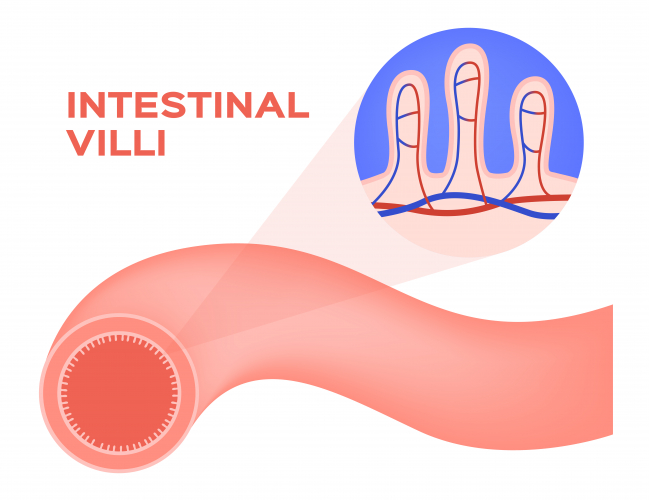
During digestion, the villi in the small intestine absorb the nutrients from our digested food. Over time, the concentration of nutrients in the villi becomes equal to the concentration in the gut. The cells need these nutrients, so active transport is used to continue the transporting of the small amounts of remaining nutrients.
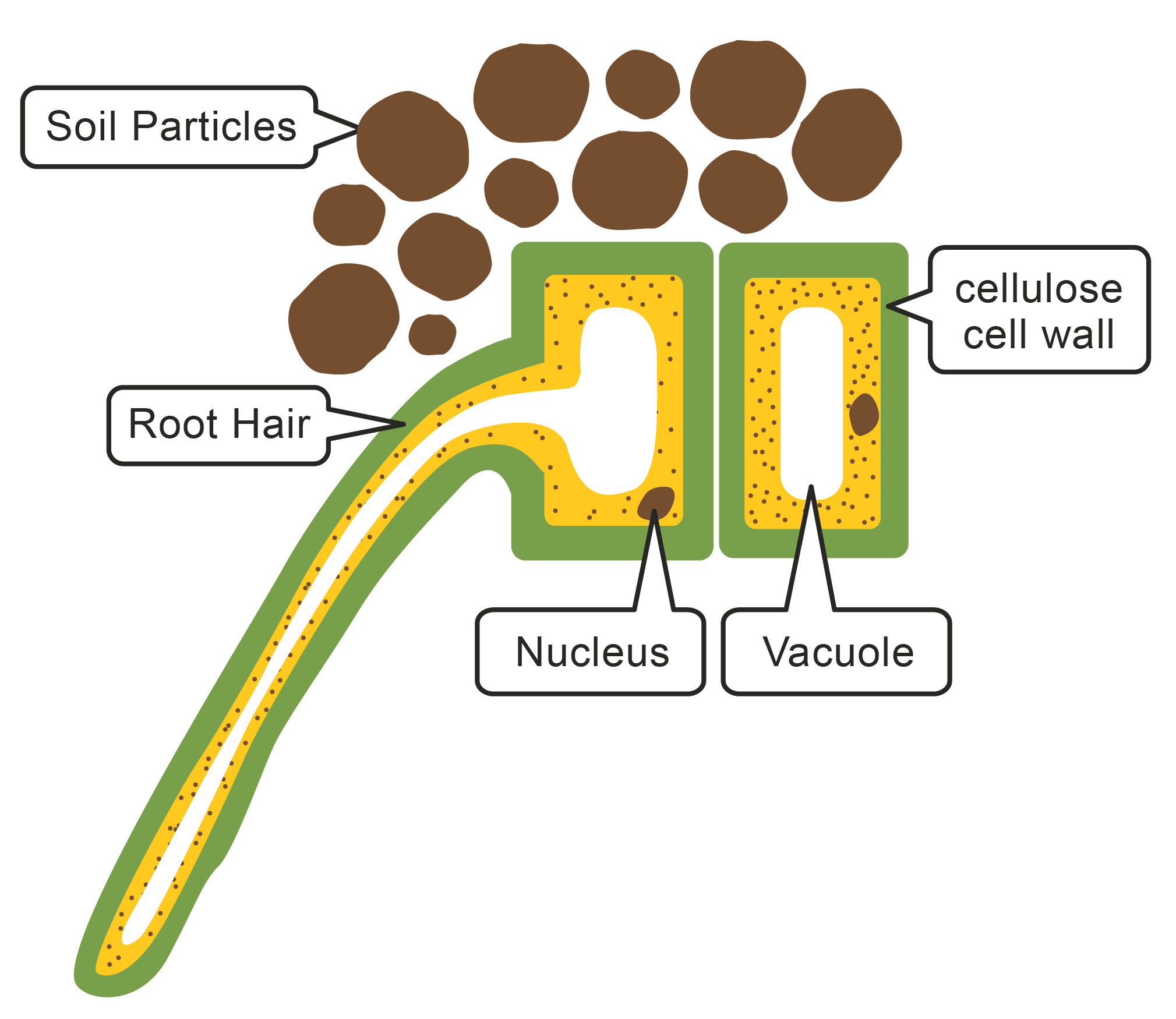
Plants absorb minerals such as nitrogen, phosphorus, magnesium and potassium from the soil for healthy growth. Plants need a variety of minerals because they are used by the plant in different ways. Nitrogen, in the form of nitrates, is used to make proteins, while phosphorus and potassium are needed for respiration. Magnesium is needed to make chlorophyll, which plants need in order to photosynthesise.
When the concentration of these minerals in the soil is lower than inside the plant, active transport is used to absorb the minerals against the concentration gradient. If plants used diffusion instead of active transport, the plants would be drained of all their minerals because they would travel down the concentration gradient - the plant would lose all its nutrients to the soil.
Plants are adapted for absorbing minerals by having root hair cells that have a large surface area, as well as containing lots of mitochondria. The mitochondria is where energy is released during respiration. The energy is used to power active transport.
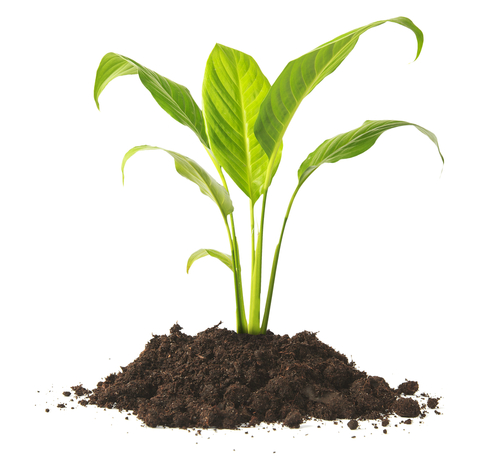
Some plants are unable to grow due to waterlogged soil. Waterlogged soil is soil that's received a lot of water, which has caused the soil to become saturated. Nitrates are soluble, meaning that they dissolve in the water. These nitrates will often get washed away, leaving a low concentration in the soil. The plant will use active transport to absorb the nitrates. The problem with this, though, is that waterlogged soil doesn't have much oxygen (the water almost takes over the place and space of oxygen). The oxygen is needed for respiration. When plants respire, energy is released. This energy is needed for active transport.
In the following activity, you will compare and contrast the process of active transport with diffusion and osmosis.

